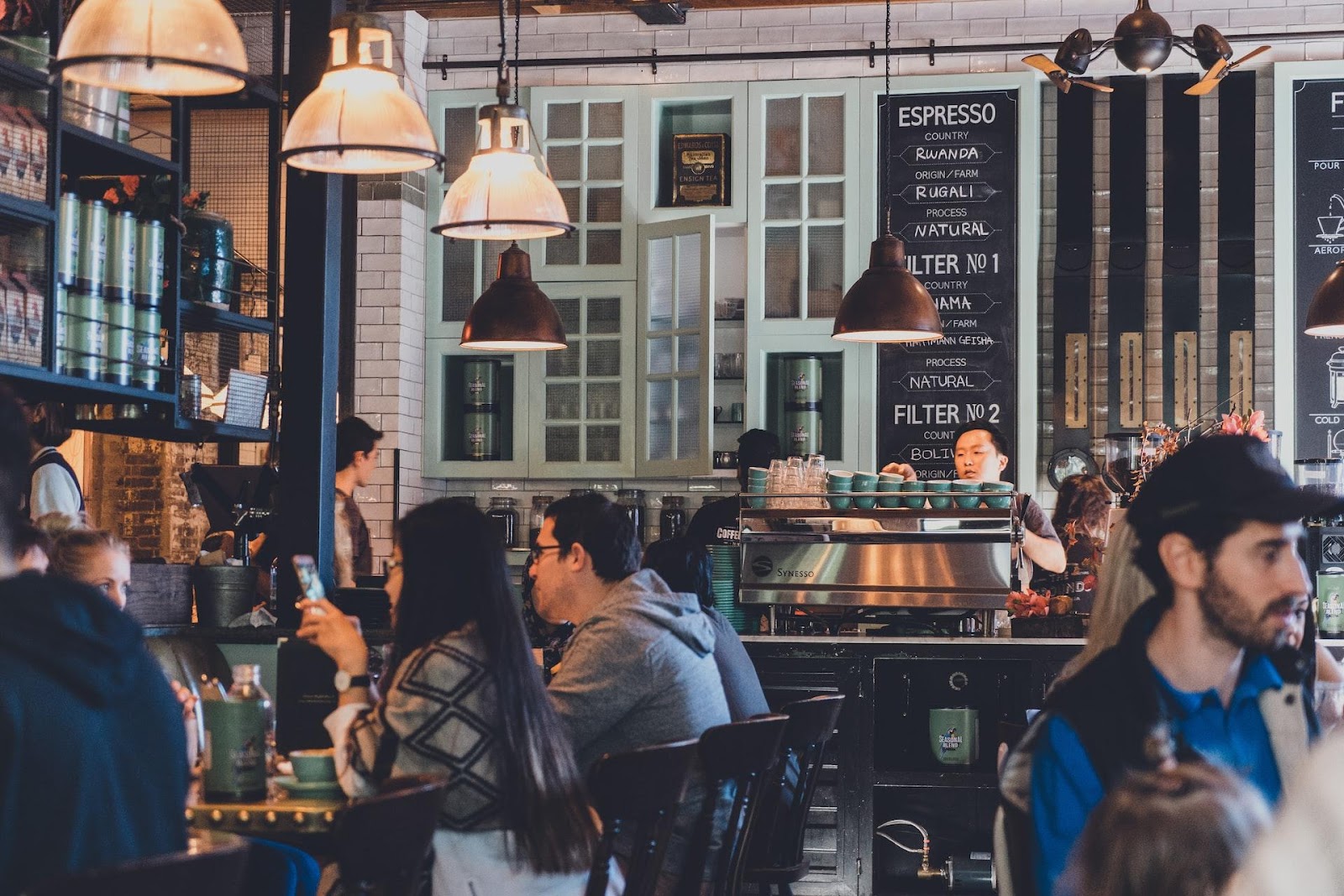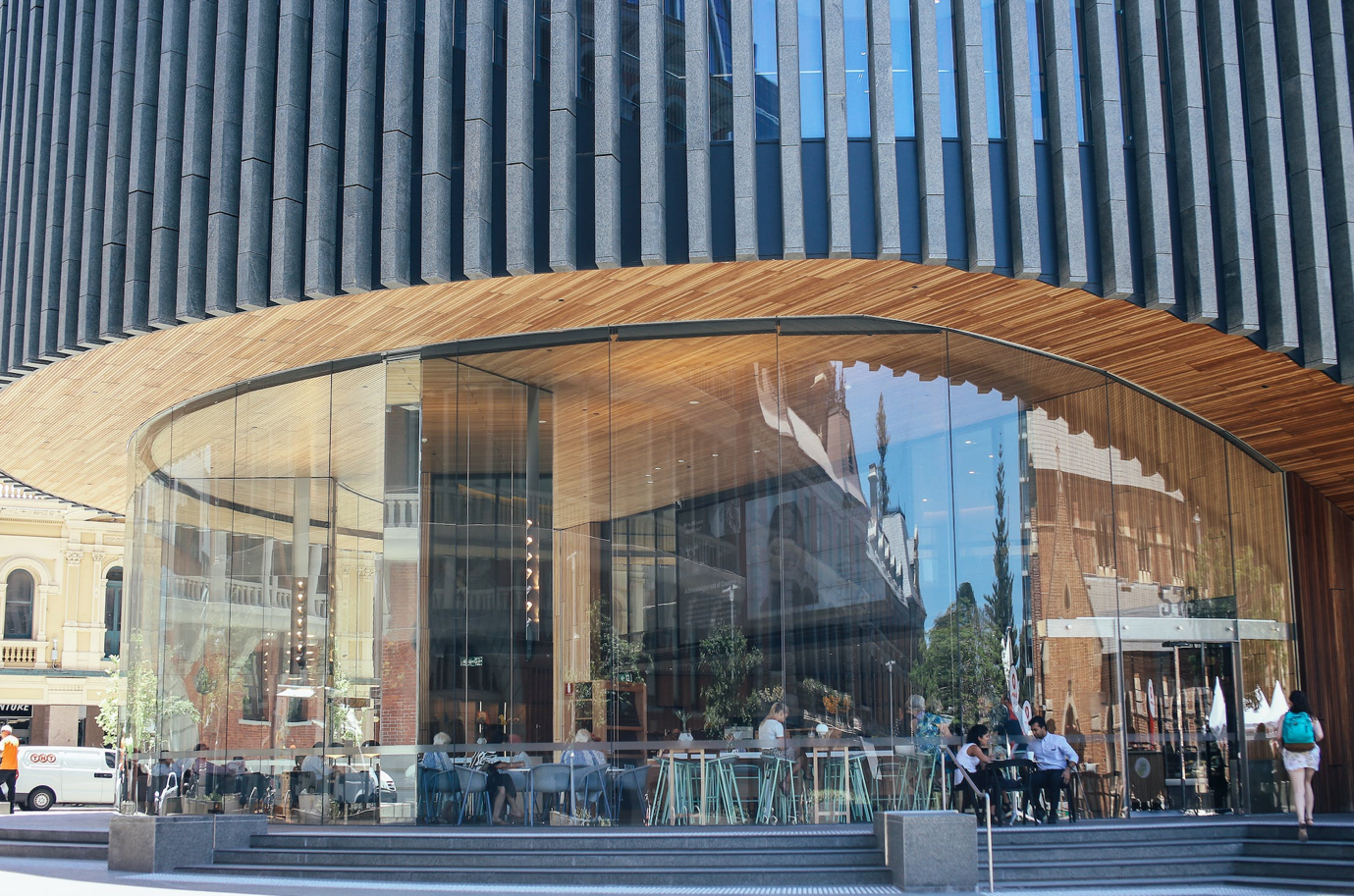Table Of Contents
Do you know how corporate cafeterias work? There are a few things to keep in mind when it comes to choosing a corporate food service management company. Below are some of the basics about managing corporate cafeterias.
What Are Corporate Cafeterias?
You probably ate in school or camp canteens while you were young. These places are great because they provide a variety of healthy and satisfying meals. A corporate cafeteria is a type of facility that allows employees to get food without leaving their workplace. It can also be used to serve coffee and other food items.
Office cafeterias are great perks for employees. They can provide a place to work and get food for a low price. As an employer, you can offer perks such as office cafeterias to boost morale. These are great ways to attract and retain employees. Some companies run their own cafeterias, but many of them prefer to work with a management company to help it run smoothly.
What Is The Role Of Corporate Cafeteria Management Companies?
Your corporate cafeteria management company will handle all of the details related to your facility. They can also help you get started with setting up your cafeteria.
1. Planning Food Menu
Based on the ingredients they can order, corporate cafeterias create customized menus for each facility. The menus can vary significantly with the types and varieties of food options available.
2. Food Preparation
The company that oversees the food in your cafeteria is the one that prepares the dishes that are served to the workers every day. They also prepare coffee, tea, and breakfast. This is one of the reasons why corporate cafeterias are so helpful. They help employees easily purchase all the food they want to eat while at work.
3. Serving Food
Once the food is prepared, the cafeteria employees serve it to the members of your company. There are a variety of ways to do this. Some companies are going to offer self-serve checkouts or make boxed lunches that are easy to bring to a meeting. Others are going to have a more traditional approach.
4. Cleanup Services
During the lunch rush, employees tend to the dishes and the rest of the food in the cafeteria. This saves you time and helps keep the busy employees free to take care of important matters.
How Management Companies Of Cafeterias Make Money
You can pay for a management company by paying a regular fee or by signing a contract. A cap or limited subsidy system is a type of contract that lets your company pay a certain amount to a management company each month or year. With a full subsidy, the company pays for everything the caterer needs. Other expenses, such as payroll, can also come up. How much they will be paid depends on how many employees you have and the complexity of the task.
The Downsides To Corporate Cafeterias
Several factors go into the making of a successful corporate cafeteria for your business. Some of the possible downfalls are listed below.
1. Menu Fatigue
This means that employees get the same meals every week. It also means that people can get bored easily. Even though each individual has a specialty, they can’t change their style based on what they see in other countries. The nature of the business is that it produces repetitive menus. As a result, management companies often negotiate with distributors for the same products and the same prices.
2. Failure To Meet Consumer Demands
Modern consumers expect authentic cultural experiences from the chefs who prepare their food. This is what makes authentic cuisine so important. You may end up with a passionate Asian or South American chef. Employees also want to support local establishments that use sustainable methods and materials. Traditional corporate cafeterias are not set up to meet the demands of today’s eco-conscious customers. They have to rely on national distributors and are unable to absorb the cost of sourcing green materials.
3. Decrease In Participation
You want your employees to use the cafeteria. Due to the changes in the way employees use corporate cafeterias, the prices they pay have also increased. This leads to a reduction in participation. Aside from the financial aspect, it makes no sense to provide this perk if your employees are not taking advantage of it.
4. Rising Costs
Other costs include higher labor costs and decreased productivity. For instance, some companies are now using self-checkout lanes to reduce costs. Due to the decreasing number of corporate cafeterias, companies have to raise their prices to stay profitable. There are various ways to add income to a company that provides food services. One of these ways is by having a business sign a contract. This contract locks you into something that you might not use.
How Management Companies Can Improve
There are a few things that workplace cafeterias could do to improve their services.
1. Offer More Variety
At first, employees will think there are plenty of options. After a few months, however, they might start to tire of the same menu options. Pop-up restaurants are great places to go when you want to get fresh, local food. They can offer a variety of dishes and change their menus frequently. A food hall is a concept that involves a venue where restaurants can be located. It can also feature its own signature chefs.
2. Be Authentic
The modern cafeteria needs to offer more than just a quick fix when it comes to food preparation. It has to offer an experience that’s both memorable and satisfying. Your employees’ interactions with the people who work in the cafeteria are also important to authenticity. In today’s world, many companies are no longer interested in cultivating these types of interactions.
Popup restaurants are becoming more prevalent in corporate dining. They provide business owners with the same great dining experience as traditional restaurants, but without the expense and management headaches.
Corporate cafeteria services are often built with a different profit model.
Although some companies are trying to improve their operations by improving the way they do business, this will only solve some of the problems you might have. Will corporate cafeterias be replaced by more modern facilities? Only time will tell.






